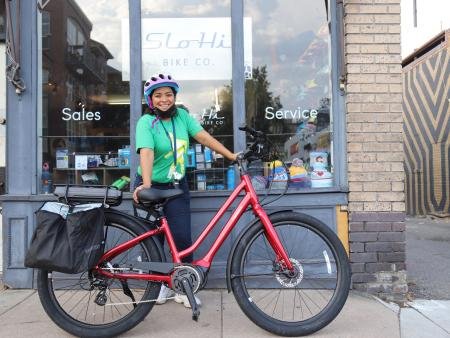We were traveling downhill on a winding section of Highway 28 on Lake Tahoe’s eastern side.
Yes, you can get pulled over for speeding & other infractions bicycling, even on e-bikes
PERSPECTIVE


Latest
-
 Making accessing Half Dome ‘safer’, if that is possible, would more than likely also make it more dangerous
Making accessing Half Dome ‘safer’, if that is possible, would more than likely also make it more dangerous -
 If cutting greenhouse emissions is essential then Congress needs to invest more in nuclear fusion
If cutting greenhouse emissions is essential then Congress needs to invest more in nuclear fusion -
 Heat misery made worse via development pattens as opposed to climate change per se
Heat misery made worse via development pattens as opposed to climate change per se -
 Has the time come for Ripon Consolidated Fire District to get out of the ambulance business?
Has the time come for Ripon Consolidated Fire District to get out of the ambulance business?